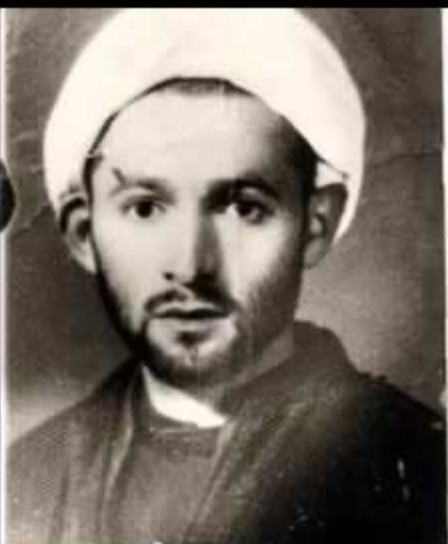#Intisharat_e_mawla published the works of Muhammad Husayn Fazil-e Tuni (1880-1960), a famous teacher of Arabic literature and philosophy in #Tehran whose students include Javadi Amoli, Hasanzadeh Amoli as well as the historian of Persian literature Zabihollah Safa (1911-1999)1/ 



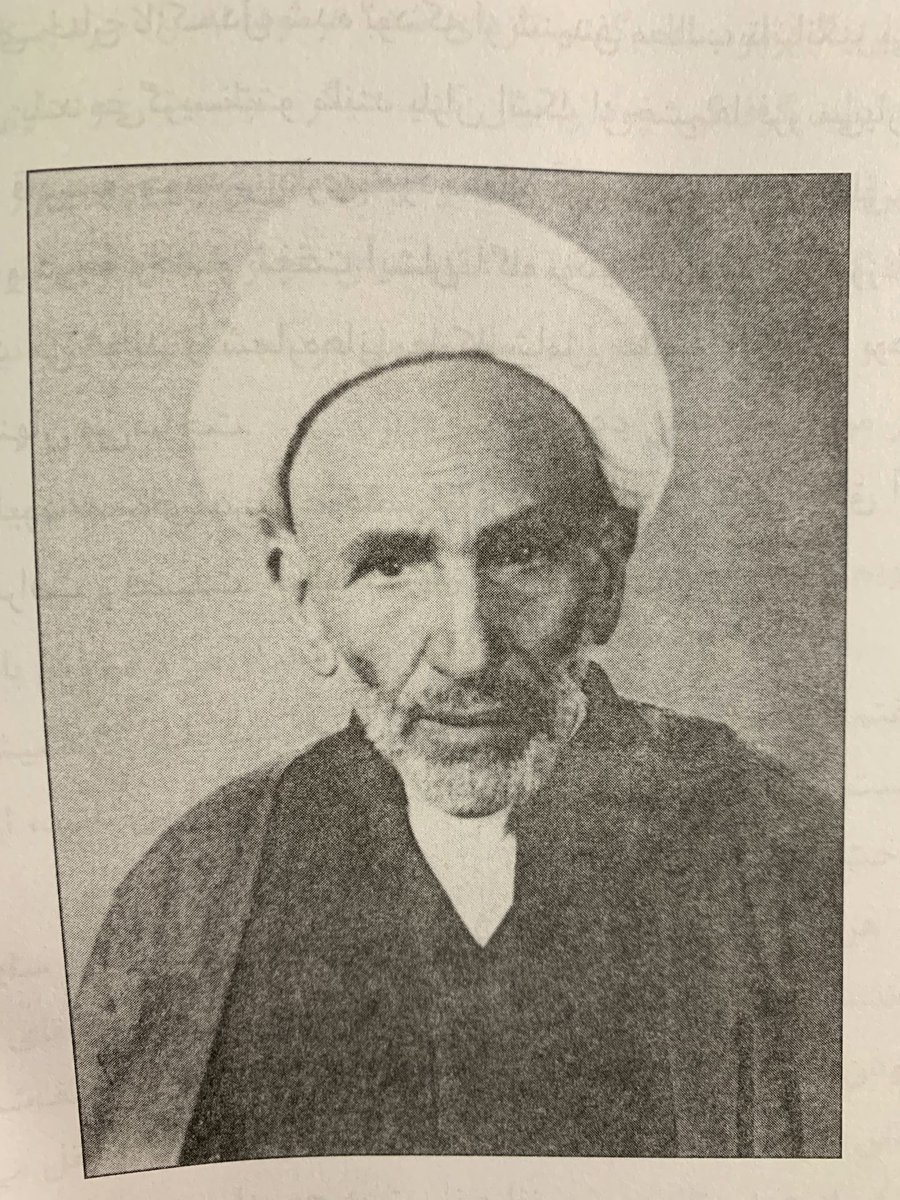



After studies in Arabic literature, grammar and rhetoric at Madrasa-ye Navvab #Mashhad, he moved #Isfahan where he studied with Jahangir Khan Qashqai (1827-1910), Shaykh 'Abdullah Gulpayigani & Mirza Muhammad Husayn Fisharaki (d. 1932) the latter students of Akhund Khurasani 2/ 



with Qashqai for 6 years, he studied the #Manzume of #Sabzavari (d. 1879), the #Shifa' of #Avicenna (d. 1037), and the #Tamhidalqawaid of #IbnTurka (d. 1432), a text that was emerging in the later #Qajar period as a tool for teaching philosophical mysticism #Irfan 3/ 



At some point, I should do a thread on the adoption of the #Tamhidalqawaid in #Tehran to teach #Irfan 3bis/
After 11 years in Isfahan he moved to Tehran in around 1908 to study with Mirza Hashim Ashkivari (d. 1914) the texts of the #IbnArabiSchool and #Asfar of #MullaSadra and after his death he took his classes at Dar al-Shifa madrasa 4/
Once the new Teacher Training College and the Faculty of Letters and Theology opened at #TehranUniversity in 1934 and 1935, he began teaching Arabic Literature and Philosophy where he was a popular teacher 5/
His published works reflect his teaching - textbooks on Arabic grammar and on #KalilawaDimna as well as a #Persian translation of the #DeCaelo of #Avicenna in collaboration with Mohamad Ali Forughi (1877-1942) 6/ 

All his major works were published posthumously - his partial #Persian commentary on #SharhFususalHikam of #Qaysari brought together the language of being in #Avicenna and #IbnArabi 7/ 







As is common in the teaching of the text, the glosses only cover the 12 chapters of the #Muqaddima as does the later work of #Ashtiyani and #HasanzadehAmoli and a post-#MullaSadra reading of the text 8/ 

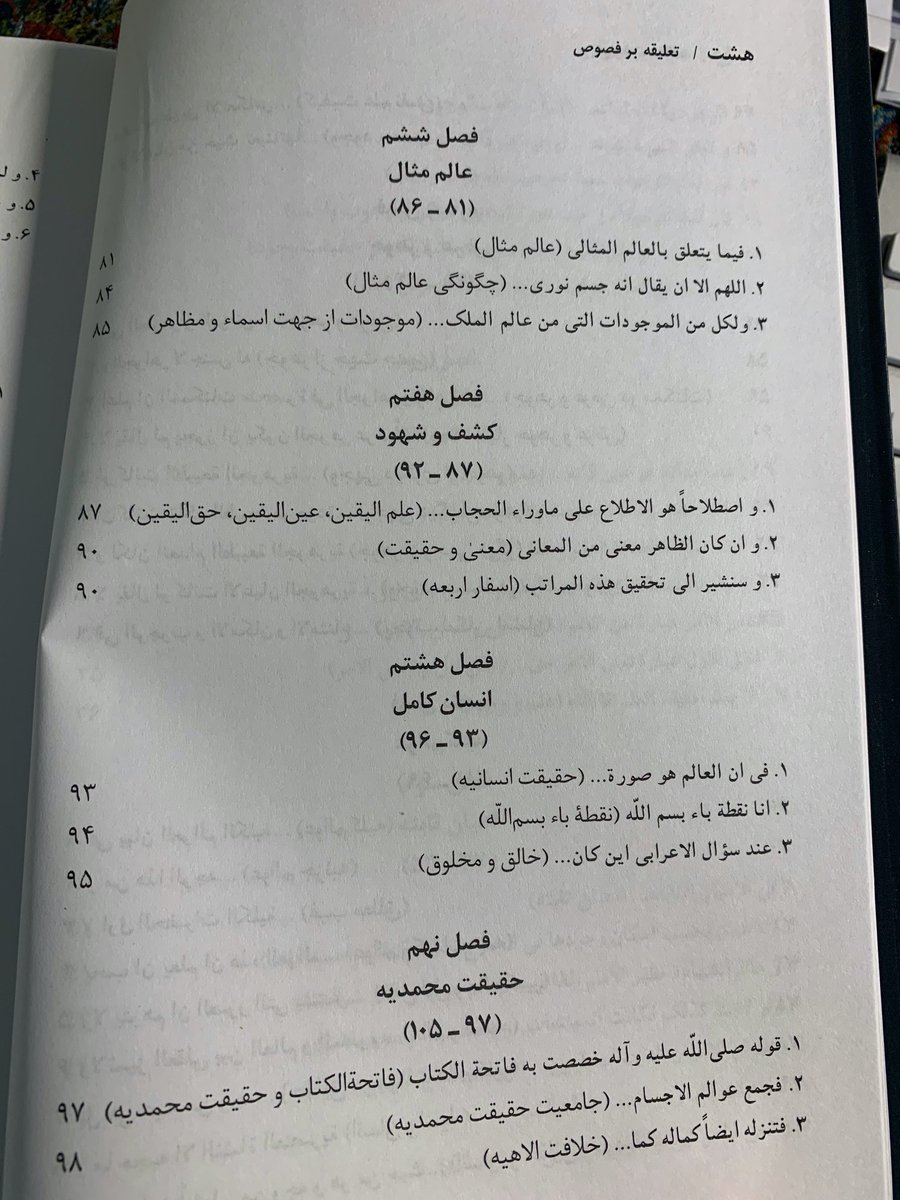

#Hikmat_e_qadim begins with a fourfold division of paths to certainty: that of the philosopher, the theologian, the Sufi and the mystic (ʿarif) and the #Aristotelian distinction of theoretical and practical philosophy 9/ 





But the main body is a presentation of #NaturalPhilosophy or physics following the school of #Avicenna, rehearsing issues such as the refutation of #atomism and brings in elements of his knowledge of #maths as well as #DeAnima 10/ 

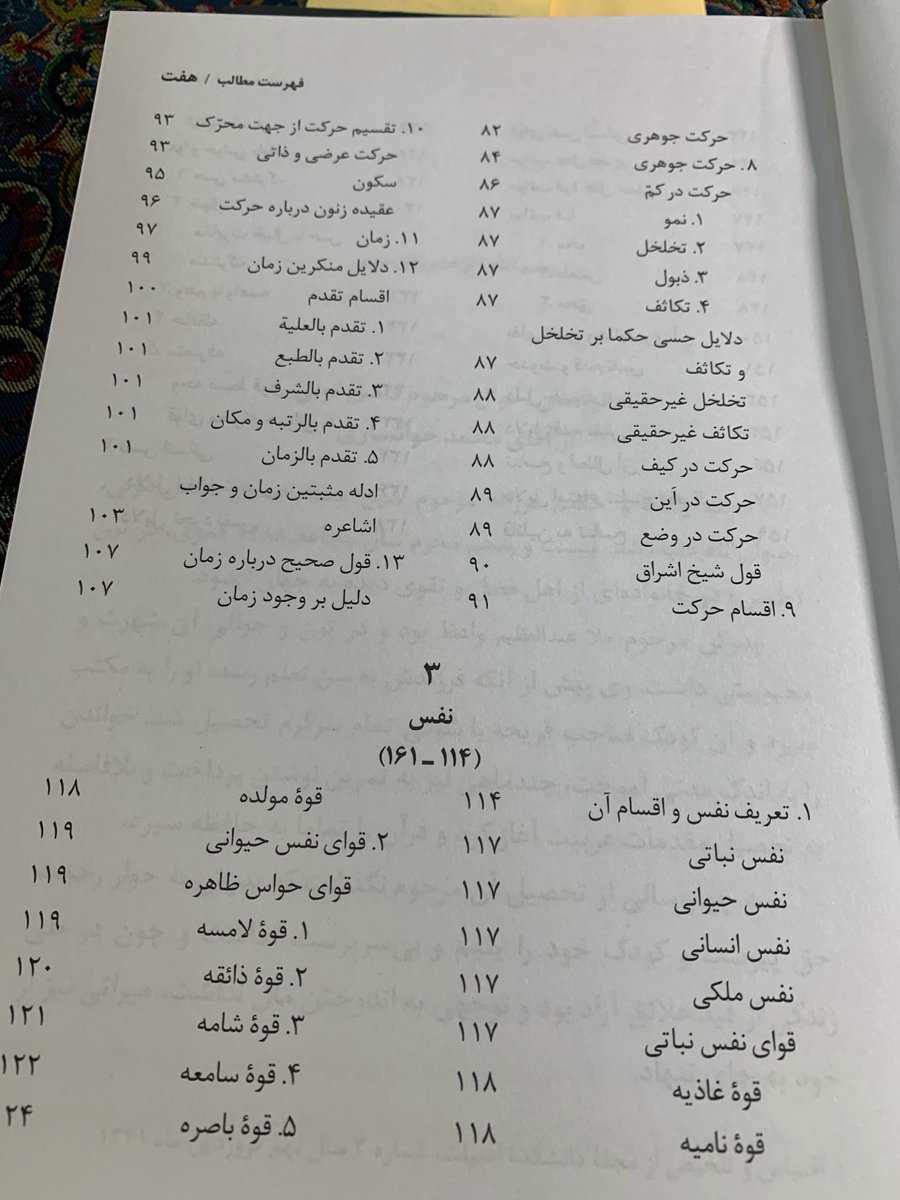
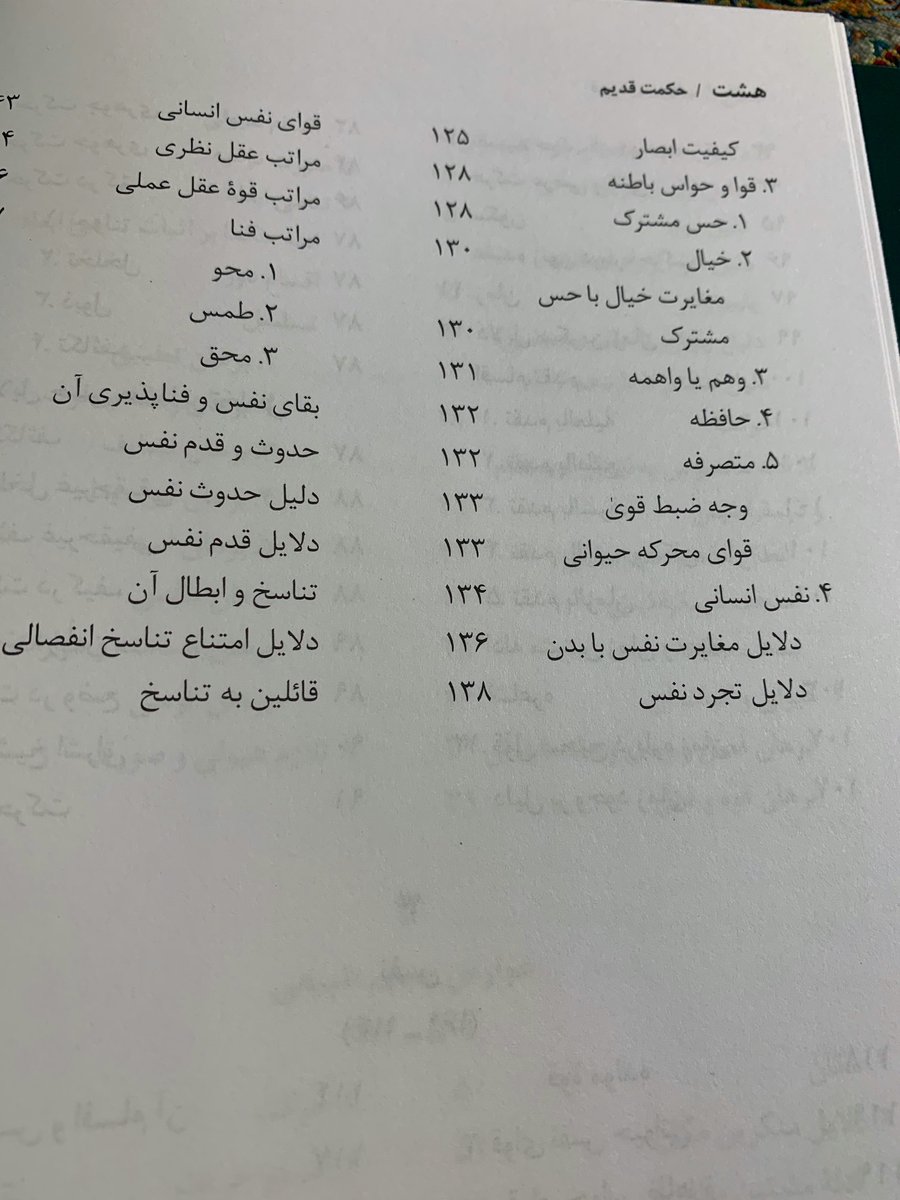
the #DeAnima section follows #MullaSadra doctrine on the origins and end of the soul and its afterlife 11/
the text on #Metaphysics follows #MullaSadra on metaphysics of common notions, philosophical theology, and category theory; the last section is on #MullaSadraSchool and has some useful notes of the publication of the works and teachers of the school in #Tehran 12/ 


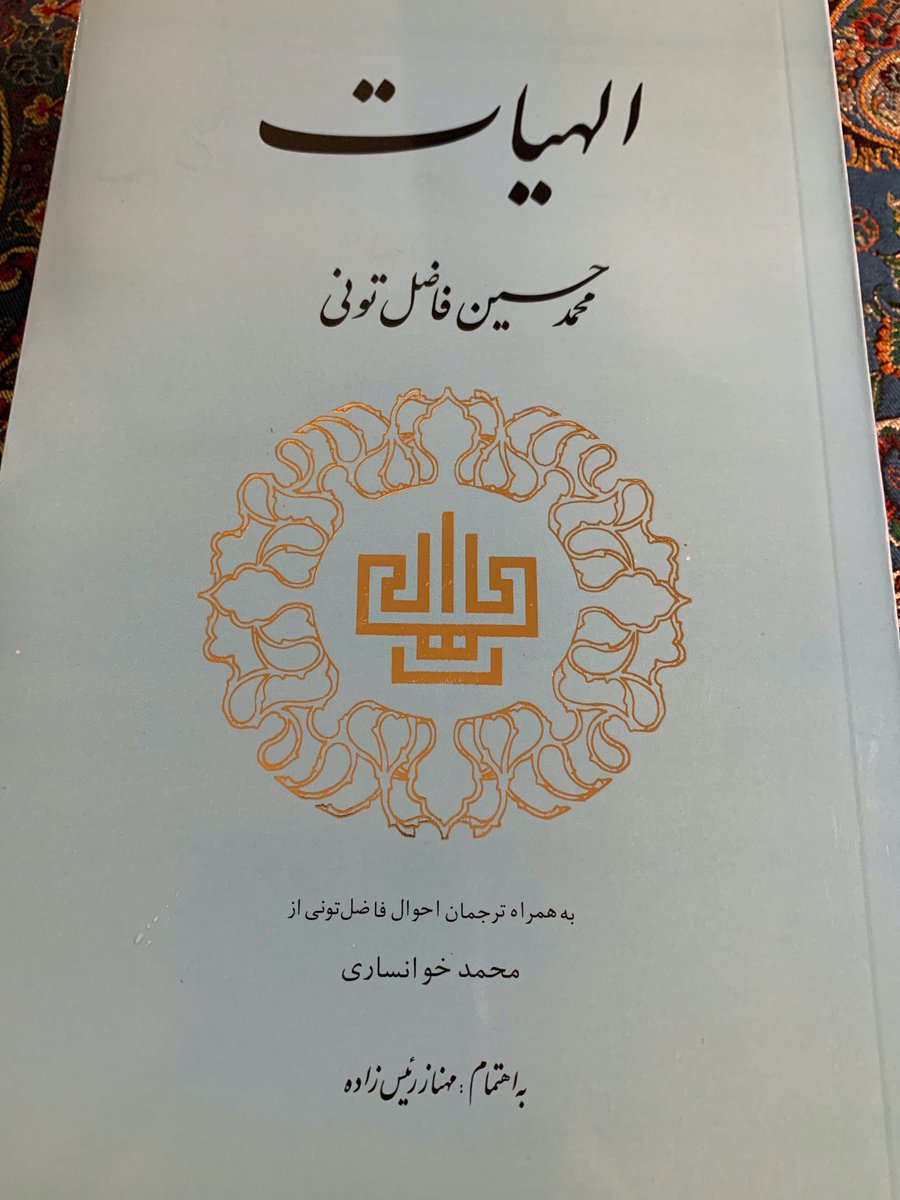


Finally his work based on his classes on #logic is published that works well as a textbook starting with definitions of logic and the #Isagoge and the five #Porphyrian predicables and moving onto definitions 13/ 





Followed by proof theory, the syllogistic - so following a traditional structure but without the #ModalLogic - another easy to follow textbook 14/ 





These works do not represent advanced levels of commentary and presentation but they are accessible works in #Persian for someone who wants to acquaint themselves with tradition of #philosophy and #mysticism in the #ShiiSeminary 15/
• • •
Missing some Tweet in this thread? You can try to
force a refresh










